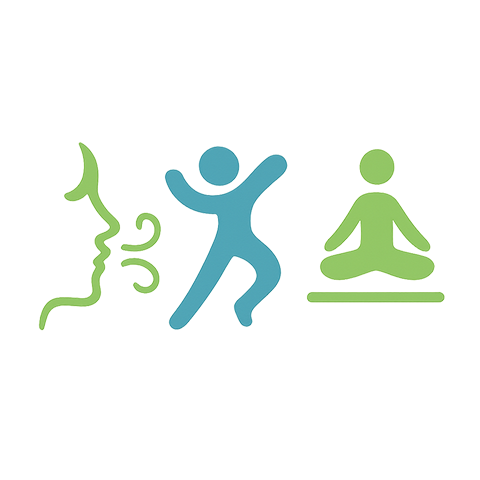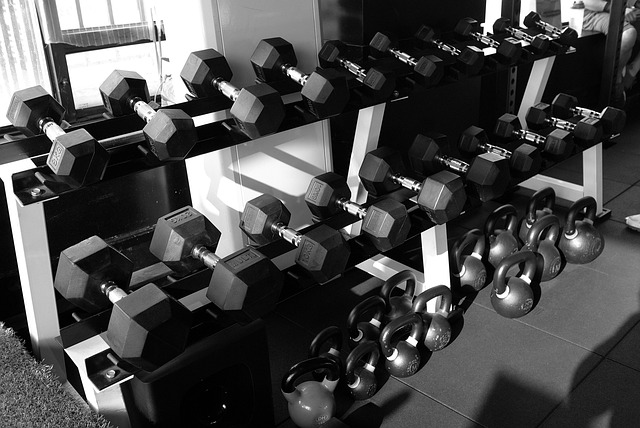As the world becomes increasingly fast-paced, the concept of slowing down may seem counterintuitive, especially when it comes to fitness. However, embracing slow cycling can be a powerful alternative that promotes heart health and enhances overall physical activity without overwhelming your body. This gentle approach to cycling is not just about leisurely rides; it represents a mindful shift towards sustainable fitness practices.
Engaging in slow cycling allows individuals to connect with their surroundings while getting the benefits of cardiovascular exercise. Unlike high-intensity workouts that can lead to burnout or injury, slow cycling encourages people to enjoy the journey at a comfortable pace. This method not only helps reduce stress but also makes the activity accessible to a broader audience, ensuring that everyone, regardless of fitness level, can participate.
From a health perspective, slow cycling has significant advantages. The low-impact nature of cycling provides an effective way to strengthen your heart, improve lung capacity, and increase overall stamina. Regularly integrating slow cycling into your routine can lead to enhanced cardiovascular fitness, lower blood pressure, and improved blood circulation. For those managing chronic conditions or looking for sustainable weight loss, slow cycling can offer a balanced alternative to more strenuous exercise regimens.
Incorporating slow cycling into your training regimen also promotes consistency and long-term adherence to fitness goals. With its lower risk of injury compared to high-impact activities, individuals are more likely to stick with their cycling routine. This consistency builds a strong foundation for health, as evidenced by the positive effects cycling has on mental well-being, including reduced anxiety and improved mood. As you ride slowly, you have the opportunity to reflect, breathe deeply, and truly enjoy the experience.
Moreover, slow cycling can be a social activity, fostering stronger community connections. Whether you’re cycling with friends, family, or a local group, the shared experience of riding at a relaxed pace provides moments of laughter, conversation, and camaraderie. These social interactions play a crucial role in maintaining motivation and commitment to fitness, transforming what could be a solitary task into a fun, engaging journey.
So, as you consider your path to improved health, remember that slow cycling is not about speed but about enjoying the ride. It serves as an invitation to embrace movement in a way that feels good and fits within your lifestyle. Whether you’re pedaling through scenic parks or quiet neighborhoods, each turn of the wheel can be a step towards better heart health, greater activity, and a happier you.



